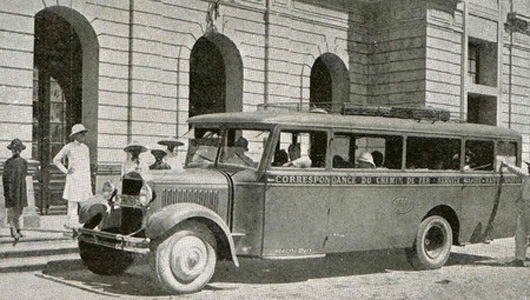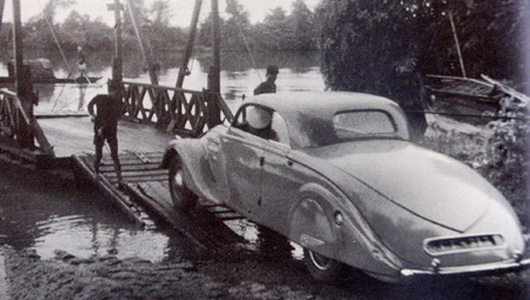According to a historical research document, in the mid-1920s, there were nearly 10,000 cars in all of Vietnam. This number demonstrates the advancement of transportation in Vietnam, albeit under the French colonial regime.
>> What types of vehicles did people in Hanoi use in the 90s?
>> What types of vehicles did people in Saigon use before 1975? (Part 1)
>> What types of vehicles did people in Saigon use before 1975? (Part 2)
>> What types of vehicles did people in Saigon use before 1975? (Part 3)
In 1926, a total of 10,299 motor vehicles were registered in Indochina, including 5,678 in Cochinchina, 2,866 in Tonkin, and 966 in Annam. The figures for Cambodia and Laos were 683 and 106 respectively.
The vehicle types were as follows: 7,479 cars, 1,532 large cars, and 1,288 motorcycles. Most of the large cars were utilized for public transportation. With the growing popularity of car tourism, the bus service experienced significant development.
During this time period, the import value of cars also saw a dramatic increase. In 1915, the total value of car imports into Indochina was just 1 million francs, whereas by 1920, it had risen to 33 million francs.
In 1921, the import value decreased to 13 million francs following a 50% reduction in import taxes. In 1927, Cochin China alone imported 2,092 cars valued at 55 million francs.
Throughout Indochina, the growth of cars resulted in a significant decline in railway revenue. Since 1926, railway operators have successfully combated the crisis by reducing tolls on the Tonkin-to-Annam route. This measure has effectively revitalized railway transportation.
Another consequence of the road transportation development was the necessity for colonial authorities to improve the highway network in the regions, replacing old wooden bridges with sturdy reinforced concrete structures capable of accommodating trucks. It is estimated that the road network in Indochina expanded threefold over a 15-year period.
Thu Ha (TTTD/Tong hop)











































